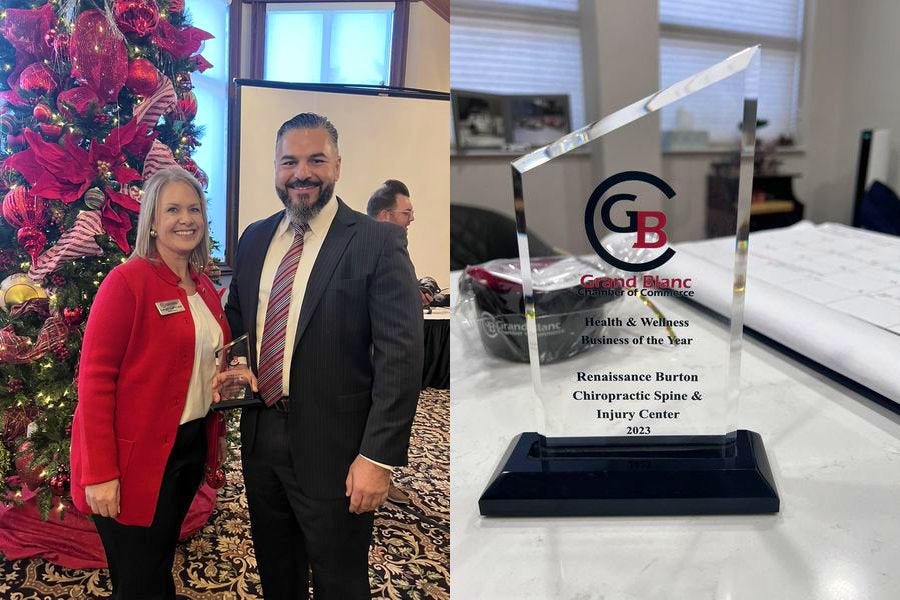Osteoarthritis (OA) is the most common joint disease, commonly affecting the knee joint. Painful knee OA affects up to 10% of adults over the age of 55. Various medications have been used to treat knee OA pain, though these frequently have adverse effects. If the pain cannot be controlled, joint replacement surgery is often performed. In order to avoid medications or surgery, many patients seek alternative treatments to control the chronic pain of knee OA. Natural treatments such as exercise therapy, weight loss, and chiropractic care are often used to treat knee OA.
Collateral meridian (CM) therapy, a form of acupuncture/acupressure, is another alternative natural treatment that may be considered for chronic pain management. This recently-developed technique, a variation of traditional Chinese acupuncture, follows traditional Chinese medicine principles. CM involves manipulating a distant nonpainful collateral meridian in order to facilitate pain dissipation. It has already been shown to be effective in pain management, though no studies have focused on the use of CM therapy for knee OA.
Recently, a team of researchers conducted a pilot study to determine whether CM may be effective at treating knee OA pain. The study involved 28 patients with knee OA. Half received a placebo treatment, while half received CM therapy twice weekly for three weeks. Before and after treatment, pain intensity and knee function were measured.
In the CM group, the post-treatment measurements of pain intensity and knee function had improved, while no comparable change was seen in the placebo group. The study showed that collateral meridian therapy may be effective for relieving knee OA pain, though more research is needed to confirm this benefit.
Reference
Horng, H, et al. The effects of collateral meridian therapy for knee osteoarthritis pain management: A pilot study. Journal of Manipulative and Physiological Therapeutics 2013; 36 (1): 51-56.

